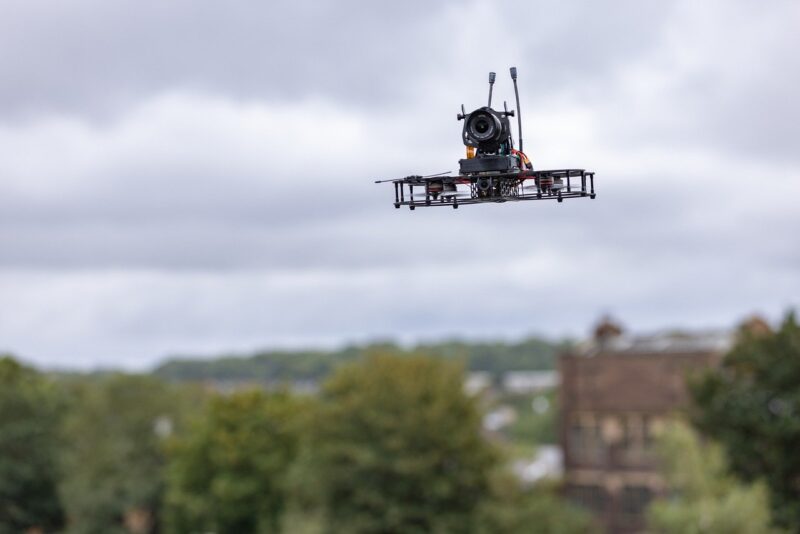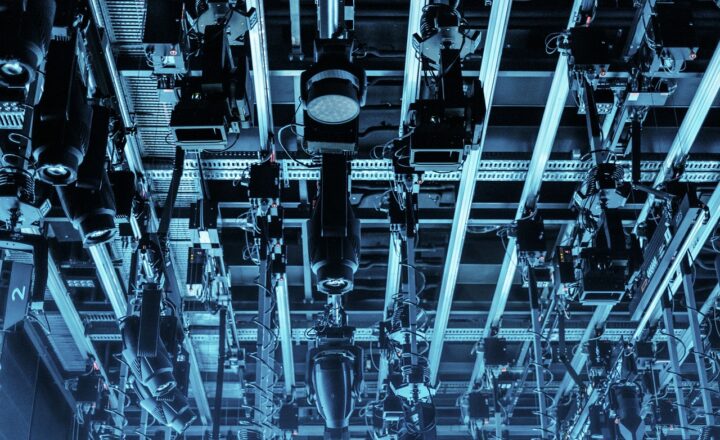Quadcopters and the Military: The Role of Drones in Modern Warfare
November 14, 2024

In recent years, the utilization of drones, particularly quadcopters, has transformed the landscape of modern warfare. From surveillance to combat support, these unmanned aerial vehicles (UAVs) have become invaluable assets for military operations around the globe. This article delves deep into the evolution, applications, advantages, and future of quadcopters within the military sector, providing insights into their profound impact on warfare as we know it.
1. The Evolution of Military Drones
The journey of military drones began during World War I with the development of the Kettering Bug. However, it was not until the late 20th century that UAV technology became sophisticated enough for broader applications. The Vietnam War saw the introduction of the Ryan Firebee, the first large-scale military drone used for reconnaissance missions. Fast forward to the 21st century, and the landscape has dramatically shifted.
Drones like the MQ-1 Predator and MQ-9 Reaper have captured the public’s imagination through their effective use in combat operations. The development of quadcopters has made this technology even more accessible, easy to operate, and versatile for various military applications.
2. Types of Military Drones
Military drones can be categorized into several types based on their design, purpose, and functionality. Here are some key categories:
- Reconnaissance Drones: Used primarily for surveillance and intelligence gathering, these UAVs can provide real-time data and imagery from the battlefield, enabling strategic planning and situation assessment.
- Combat Drones: Equipped with weapons systems, these drones can engage targets and provide support to ground forces during engagements. The MQ-9 Reaper is a prominent example in this category.
- Cargo Drones: Designed for logistical support, these drones can transport supplies, equipment, and even personnel to remote or hard-to-reach areas, reducing the risks associated with traditional resupply missions.
- Research and Development Drones: These are experimental UAVs developed to test new technologies and concepts that could enhance military capabilities in future conflicts.
Each type of drone serves a distinct purpose, allowing the military to adapt to the evolving nature of warfare effectively.
3. Applications of Quadcopters in Warfare
Quadcopters, with their unique flight capabilities and ease of operation, have found numerous applications in military operations:
3.1 Surveillance and Reconnaissance
Quadcopters are well-equipped for reconnaissance missions. Their ability to hover in place and capture high-resolution images lets military personnel gather detailed information about enemy positions and movements without sending people into harm’s way.
3.2 Target Acquisition and Laser Designation
Equipped with laser designators, quadcopters can assist ground troops in identifying targets for airstrikes and artillery fire. This capability enhances the precision and effectiveness of military operations.
3.3 Battlefield Assessment
Post-engagement, quadcopters can assess the aftermath of operations. By capturing aerial photos and videos of the battlefield, they provide crucial insights for commanders to evaluate the success of missions and adapt future strategies.
3.4 Cargo Delivery
Some military quadcopters have been designed to transport supplies, making them instrumental in logistically challenging environments. They provide a safe and efficient method to deliver medical supplies, ammunition, or food to troops in remote locations.
4. Advantages of Using Quadcopters in Warfare
The incorporation of quadcopters into military operations offers several advantages:
- Cost-Effectiveness: Compared to manned aircraft, quadcopters are significantly less costly to produce and operate. This affordability allows military forces to deploy a larger number of UAVs for various missions.
- Low Risk to Personnel: By utilizing drones, military forces can carry out missions without putting lives at risk, making them an essential tool for reconnaissance and surveillance in hostile environments.
- Enhanced Operational Flexibility: Quadcopters can be rapidly deployed, and their hover capabilities allow them to operate effectively in areas where traditional aircraft might struggle.
- Adaptability to Various Missions: The versatility of quadcopters enables them to switch between multiple roles quickly—whether it’s surveillance, reconnaissance, or combat support—making them invaluable in dynamic battlespaces.
5. The Future of Quadcopters in Military Operations
As technology continues to advance, the future of quadcopters in military applications seems promising. Potential developments could include:
- Increased Autonomy: Future quadcopters may incorporate artificial intelligence that allows them to perform missions with minimal human intervention, enhancing efficiency and reducing the likelihood of human error.
- Swarm Technology: The ability to deploy groups of quadcopters that can communicate and coordinate with one another could dramatically enhance battlefield intelligence and operational capabilities.
- Advanced Sensor Technology: Future developments are likely to lead to quadcopters equipped with cutting-edge sensors, enabling better data collection and enhanced situational awareness for military leadership.
- Hybrid Platforms: Future military quadcopters may be designed to function in multiple roles, such as being capable of transforming from a vertical take-off and landing vehicle to a fixed-wing aircraft for extended flight range.
The ongoing evolution of quadcopters signifies a revolutionary shift in how military operations are conducted, with emphasis placed on technology-fueled efficiency and risk mitigation.
Conclusion
Quadcopters have undeniably changed the face of modern warfare. As they continue to evolve, their integration into military operations will only strengthen. The benefits of using quadcopters in reconnaissance, combat support, and logistical operations position them as crucial assets for security forces. As militaries worldwide continue to invest in this technology, the potential for future advancements holds great promise, further solidifying the role of drones in shaping the battlefield of the future.








